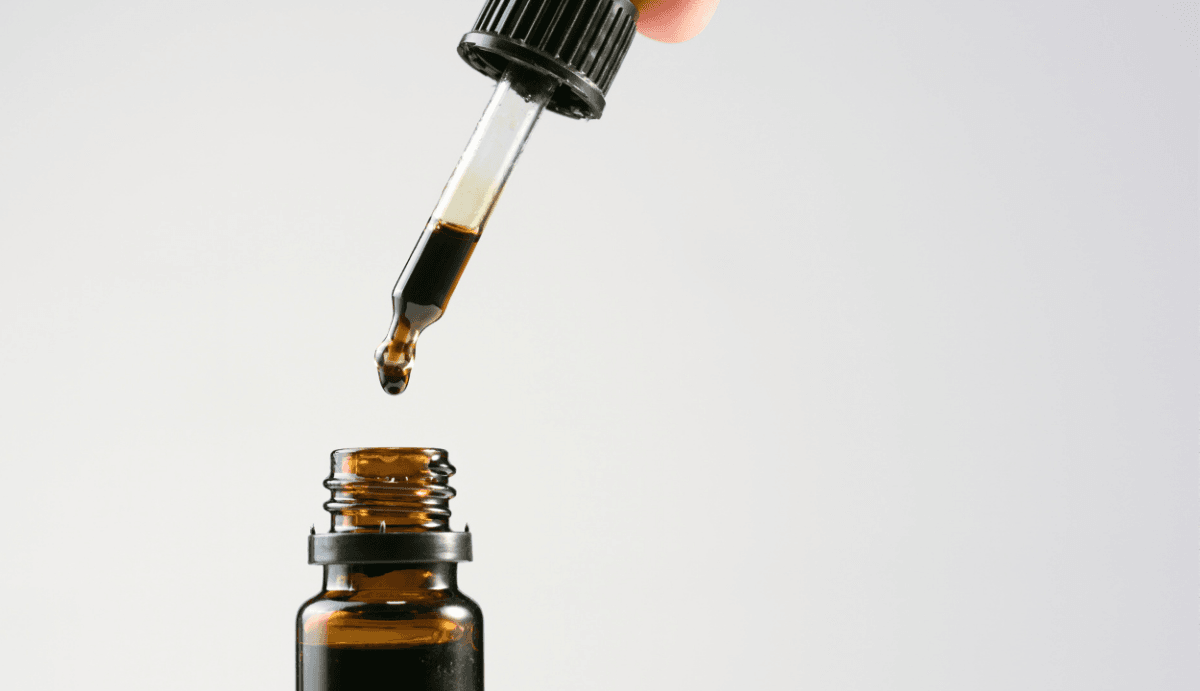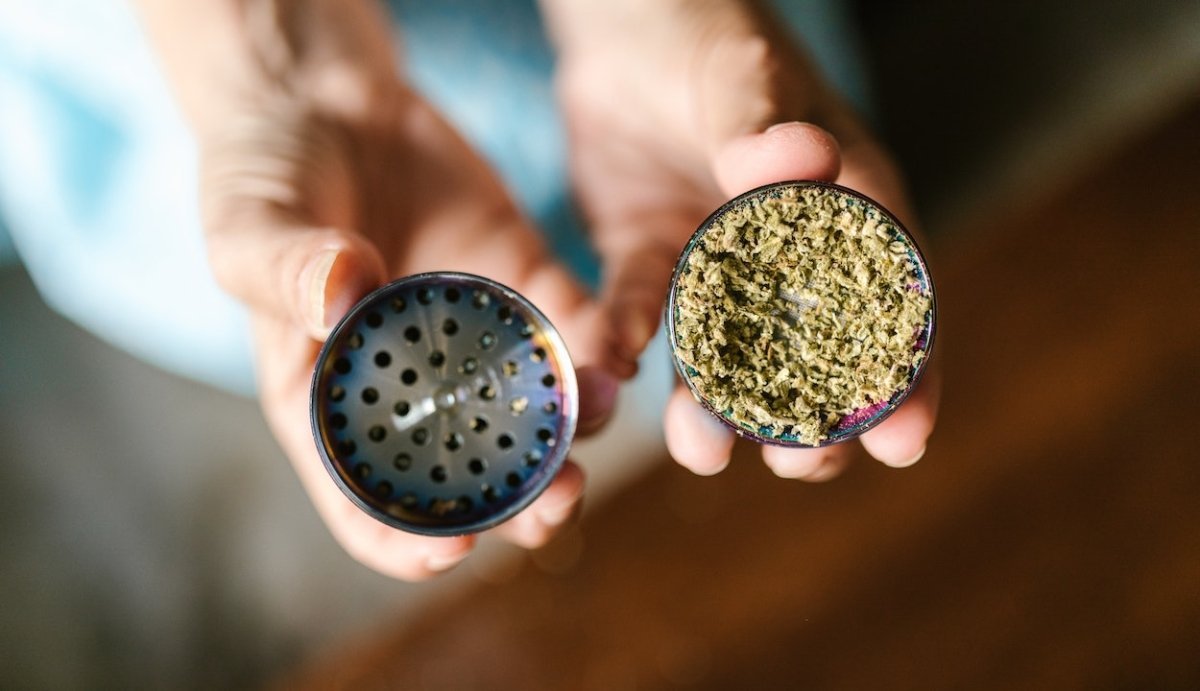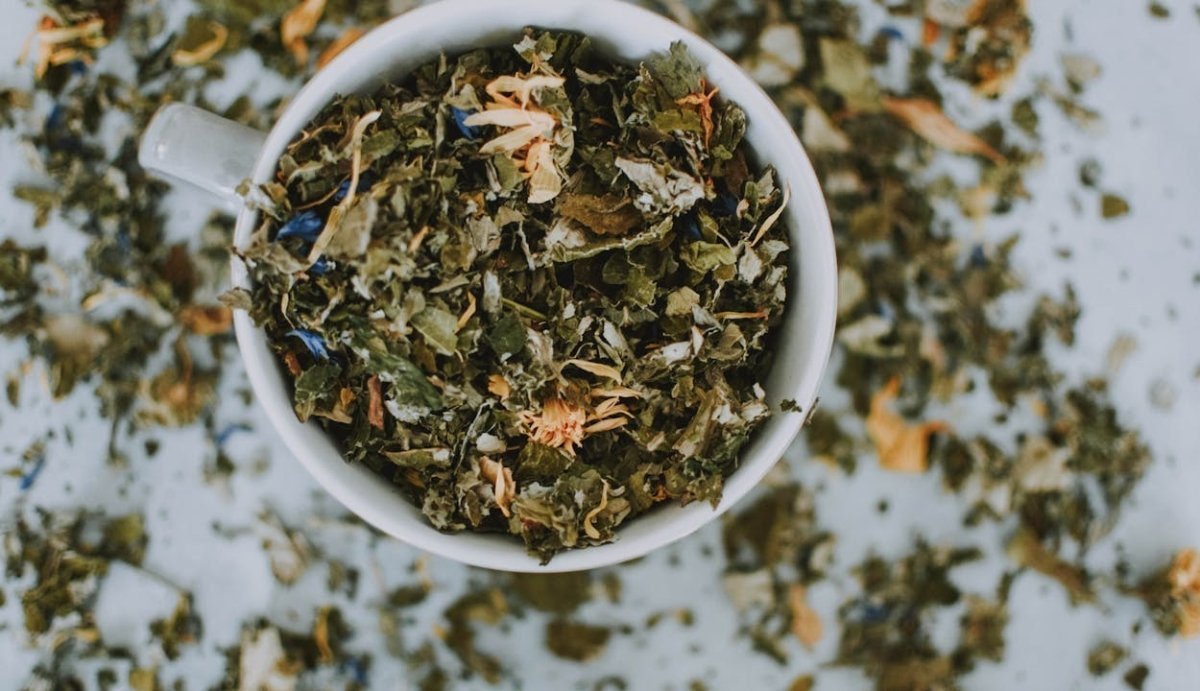Your Cart is Empty
FREE SHIPPING ON ALL ORDERS $75+
Understanding the THC content in a joint is essential for cannabis consumers looking to make informed decisions about their consumption. In this article, we delve into the intricacies behind the question “How much THC is in a joint?” and explore five key facts that shed light on exactly what you can expect from each puff.
Here's the break down:
Table of Contents
How Much THC is in a Joint?
Fact 1: ThC THC Content in Weed Varies
Fact 2: The Amount of Weed in a Joint Also Varies
Fact 3: THC isn’t Just THC Anymore
Fact 4: One Joint Can Equal as Much as Ten Edibles
Fact 5: Hemp Joints are Federally Legal
How to Calculate the THC Content of a Joint
Conclusion
Where to Buy Hemp THC Flower and More

Unfortunately, there is no straightforward answer to help us understand exactly how much THC is in each joint. The THC content of a joint depends on the THC potency of the cannabis used in the joint, as well as how much cannabis the joint contains.
On average, a joint can contain anywhere from 75 to 150 milligrams of THC. We’ll delve into some facts about the THC content of the joint, and down below we'll give you a simple formula for calculating the THC content of your joint.
THC, or tetrahydrocannabinol, serves as the primary psychoactive compound in cannabis. Its chemical composition influences the range of effects experienced by users. While some strains boast high THC levels, others may have a more balanced cannabinoid profile.
The psychoactive effects of THC are well-documented, encompassing sensations of euphoria, relaxation, and altered perception. Understanding the THC content of your joint is crucial for users seeking a particular experience.
The THC content in weed can vary significantly by strain, with baseline ranges typically falling between 15% to 30%. Strains that are direct descendants of landrace strains usually have a lower THC content, while newer modified strains contain the highest THC content.
For this reason, you must understand which strain you have in order to determine the overall THC intake from a joint.
Joints can vary in size, with some containing as little as 0.05 grams of cannabis. This size difference directly influences the total THC intake per joint.
If you buy your joints as pre-rolls from the dispensary, the label should indicate how much flower is in each joint. If you're rolling them at home, break out the scale and weigh your cannabis before filling your joint paper or cone. You'll need a letter scale or another scale that reads to a tenth of a gram to get a more accurate measurement.
Knowing exactly how much weed is in your joint is required before you can use our joint THC calculation below.
Modern cannabis products introduce new variants like delta-8 and delta-10 THC, each with varying potencies.
These variants impact user experience and health risks differently, necessitating an understanding beyond raw THC percentages.
The source of the product, whether from a dispensary, home grown, or hemp-derived, can impact THC levels and the type of THC present.
Here's a quick look at the differences:

To put THC content in joints into perspective, let's consider the comparison between joints and edibles:
A 1/2-gram joint of 20% THC weed equates to approximately 100 mg of THC, which is equivalent to ten standard 10mg edible doses.
Factors like sidestream smoke loss and different physiological effects make this comparison approximate. Of the 100 milligrams in a joint, you may actually consume 80-85%, assuming you only spend a little bit of time holding the joint and letting it burn up between puffs.
As you can see, joints usually contain enough THC to share with a friend or two or to smoke in multiple sessions, even when using a moderately potent weed.
Marijuana-derived THC products are subject to strict regulations, varying by state and country. Legal consequences for exceeding THC limits in marijuana products underscore the importance of understanding and adhering to local laws. Of course, it's unlikely that a single joint will exceed the THC allowance in any area where cannabis is legal for recreational use.
Still, it's worth noting that Hemp-derived THC products, like Delta-8 and Delta-10 joints, are federally legal, offering consumers a legal and accessible alternative.
There are specific distinctions between marijuana and hemp products–hemp products must contain 0.3% Delta-9-THC by dry weight. But that still makes it possible to legally pack up to 9 milligrams of Delta-9-THC into a 3 gram gummy. Or, hemp manufacturers utilize other forms of THC, like Delta-8, Delta-10 and THC-O to create legal, accessible hemp products with varying potencies and effects.
To calculate the THC content of a joint, start by determining the total THC percentage of the original strain. For our example, let's say it's 20%.
Next, calculate how many milligrams of THC are in 1 gram of the strain. This is done by multiplying the total THC percentage by 10 (since 1 gram equals 1000 milligrams). In this case, 20% of THC would be 200 milligrams per gram. Now, if you're rolling a half-gram joint, divide that by 2 to get 100 milligrams of THC per half-gram. If it's a full-gram joint, then it's the original 200 milligrams.
So, depending on the size of your joint, you can estimate the THC content accordingly. Keep in mind, that actual THC content can vary based on factors like rolling technique and flower density. Always consume responsibly and be aware of your tolerance.
The THC content in a joint is a multifaceted aspect of cannabis consumption. To calculate the actual THC content of a joint, you need to understand the variability in THC levels, the influence of joint size and source, and the many different THC variants available.

If you’re looking for hemp THC products that you can buy online, look no further than our Elev8 Delta-8-THC and Cloud9 Delta-9-THC Collections.
Every Vida Optima product is made from premium quality, organic hemp and is third-party tested for label accuracy, all in resealable, easy store containers. So, feel free to stock up on our long-lasting sublingual edibles, HHC vapes, Delta-8-THC flower, and more.
Comments will be approved before showing up.



